The Evolution of Cryptocurrency Bridging (and Why It's Needed)
This article explores the mechanisms of blockchain bridges and how solutions like Bitfinity aim to improve interoperability, liquidity, and programmability across blockchains like Bitcoin and Ethereum.

Why did Bitcoin cross the road? To get to the other sidechain! This could be an opening for a good show, but in today’s article we are going to take a look at one of the oldest and user-unfriendly aspects of crypto - the lack of interoperability.
How can it be that some cryptocurrencies cannot be used on different networks and why is it important to connect all the current chains? And why could answering this question be worth more than a million dollars?

Cryptocurrency Bridging
Cryptocurrency bridging is a solution aimed at addressing the challenge of blockchain interoperability as it facilitates the seamless transmission of assets between different blockchain networks.
By bridging our crypto, we can enhance interoperability among isolated blockchain networks and facilitate the free movement of digital assets and information more efficiently. It is an essential piece of infrastructure for the end goal of decentralized finance.
Behind The Scenes of Bridges
Technically, crypto bridging entails locking up assets on the source blockchain through smart contracts and generating their equivalent or "clones" on the target chain, similar to how a physical bridge connects two separate land masses.
For example:
When you want to use Bitcoin on the Ethereum network, a bridge will lock your BTC and mint an equivalent amount of a token like a wrapped BTC on Ethereum. This allows you to engage with Ethereum's DeFi applications.
The way this line of communication is held and by what parties will depend on the type of cryptocurrency bridge…
Types of Crypto Bridges
There are primarily three types of cryptocurrency bridges:
- Centralized Bridges: This type operates under the control of a single entity and offers efficiency similar to traditional banks or knows risks just like them as well.
- Decentralized Bridges: This type functions without a central authority and provides a higher level of security and trustlessness. Think of Bitfinity.
- Federated Bridges: This type combines elements of both centralized and decentralized structures, and will rely on a federation of entities for operation.
Mechanism of Blockchain Bridges
Asset Locking
The bridging process begins when a user sends a request to lock a specified amount of assets on the source blockchain; this involves interacting with a dedicated smart contract or a decentralized application (dApp).
Verification & Validation
After the first step, the bridging mechanism then verifies the legitimacy of the user's request and the assets being locked. Depending on the bridge and blockchain, the consensus mechanisms take over and determine the validity of transactions.
Wrapped Tokens Generation
On the target blockchain, a representation of the locked assets is then created, often as wrapped tokens, which mirror the value of the original assets. This blockchain then confirms the creation of these wrapped tokens or equivalent representation.
Unlocking on the Target Blockchain
If users want to return to the original chain, they can unlock the equivalent amount of assets by interacting with the bridging mechanism, which may include burning the wrapped tokens or executing a specific function of a smart contract.
Risks Associated with Existing Bridges
There are many blockchain bridges under the sun as they are an integral part of the space. However, many of the blockchain bridges saw their actions stopped when hackers targeted them.
Trusted bridges necessitate that users relinquish control of their assets to a third party, and trust them to manage the bridge and the funds held in escrow responsibly.
In crypto, responsibility and degeneracy are cousins or sometimes, two parts of the same coin. You can imagine that sometimes failings in the contract code or custodians has led to many financial disasters.
Every chain has a story of a bridge that collapsed, as discussed in detail in our previous piece where we recounted all the historical cryptocurrency bridge heists and breaches.
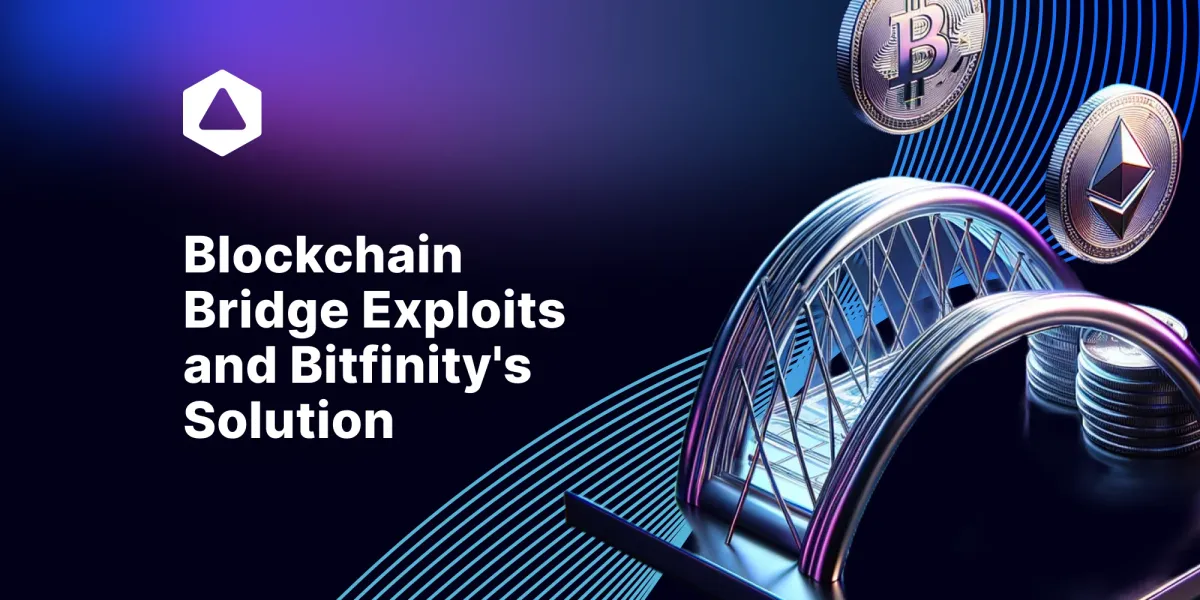
Difference Between Bridging and Wrapping
If you are in crypto and you ever heard of bridging, chances are high you also heard a thing or two about wrapping. Well basically they are both essential for asset interoperability but they differ in purpose. In short:
Bridging transfers assets or data between two different (blockchain) networks to facilitate interoperability.
While...
Wrapping represents an asset from one blockchain to another, allowing the use of a specific asset on a blockchain other than its native one.
They have a better overview of the differences, let’s take a look at the table down below.
Wrapped Tokens
As mentioned above, wrapped tokens are a type of cryptocurrency that represents the value of another asset on a different blockchain.
While each blockchain operates as its own separate ecosystem with native coins, such as bitcoin for the Bitcoin network, Ethereum uses ETH, and so on, wrapped tokens allow you to use the value of a coin like Bitcoin on a separate blockchain like Ethereum.
They are "wrapped" so they can operate on blockchains other than the one they were originally designed for. 1 Wrapped BTC is still 1 BTC, in normal cases. Because this is of course not without risk, like anything in crypto.
How Do Wrapped Tokens Work?
To understand how wrapped tokens work, it's essential to recognize the distinction between coins and tokens. Coins are the native currency of a blockchain, used primarily to pay for network transaction fees or "gas." On the other hand, tokens are digital assets created on top of a blockchain, representing various values or utilities.
For a while, Bitcoin, which is native to its own network, could not be directly used on the Ethereum blockchain for smart contracts or decentralized applications (DApps). The solution that was found was 'wrapping'. As ingenious devs developed a system where bitcoin could be "wrapped" into a wrapped token (like Wrapped Bitcoin or WBTC) and that existed on the Ethereum blockchain.
In short, the flow went like this: A user deposited bitcoin into a ‘secure’ wallet, where it remained locked. Then in return, an equivalent amount of WBTC was minted on Ethereum, acting as an IOU or a digital representation of the held bitcoin.
Then the value of wrapped tokens corresponded to the original asset and 1 WBTC was always worth the equivalent of 1 BTC, although on paper.
Because crypto has experienced many controversies, and after the downfall of cryptocurrency exchange FTX, the wrapping service Ren that relied on the exchange saw difficulties and users were forced to unwrap their tokens or otherwise lose their value.

Many of them were REKT and did not do this and saw their tokens become worthless. This created many trust and security issues for the tokens who came after them.
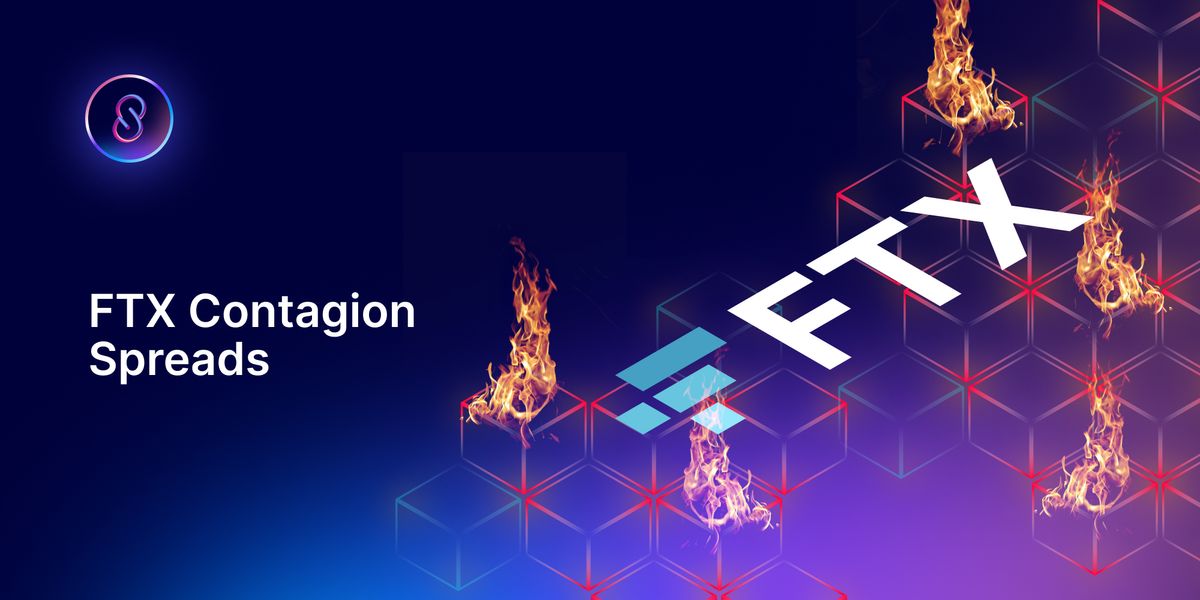
Introducing ckBTC - No Bridged or Wrapped Token
Chain-key Bitcoin (ckBTC) is not a bridged or wrapped token; it is a direct link between the Bitcoin network and the Internet Computer, reducing the risks tied to bridges. As a token that is backed 1:1 by bitcoin (BTC) and essentially a digital bitcoin twin, which is created by chain-key cryptography and a pair of canister smart contracts, it can be sent with 2–5 second finality and negligible fees.
Users can use the "ckBTC minter" canister smart contract to deposit real Bitcoin to their deposit address and receive an equal amount of ckBTC minus fees. Similarly, users can return ckBTC tokens to the canister to receive an equal amount of real Bitcoin at a specified Bitcoin address.
ckBTC facilitates bitcoin holders to participate in the DeFi ecosystem, activating the world’s largest crypto economy. It offers a secure and scalable environment to use bitcoin in DeFi applications, including lending, borrowing, asset management, decentralized exchanges, and more.
More info about the intricacies of ckBTC can be found here. 👇

Bitfinity Enters the Chat...
Bitfinity tries to find the same solutions as many before them have tried and sadly have failed. Trying with a new approach and with other new, revolutionary technology provided by the Internet Computer that could be just the thing Bitcoin needs.
Interoperability
As a Bitcoin bridge that empowers users to engage with decentralized applications (dApps) and infrastructure on more than just one network, with the end goal of total interoperability.
And provide the ability to use assets like Bitcoin on the Ethereum network, allowing users to access various services provided by Ethereum's dApps and vice versa, on Bitcoin.

Increased Liquidity
The underlying technology that runs ckBTC, the chain key cryptography, can be used for utilizing Bitcoin's dormant liquidity, enhancing market depth and stability. A giant sleeping capital that has been resting in the store of value narrative for many years, but is ready to experiment when times are opportune and costs are low.
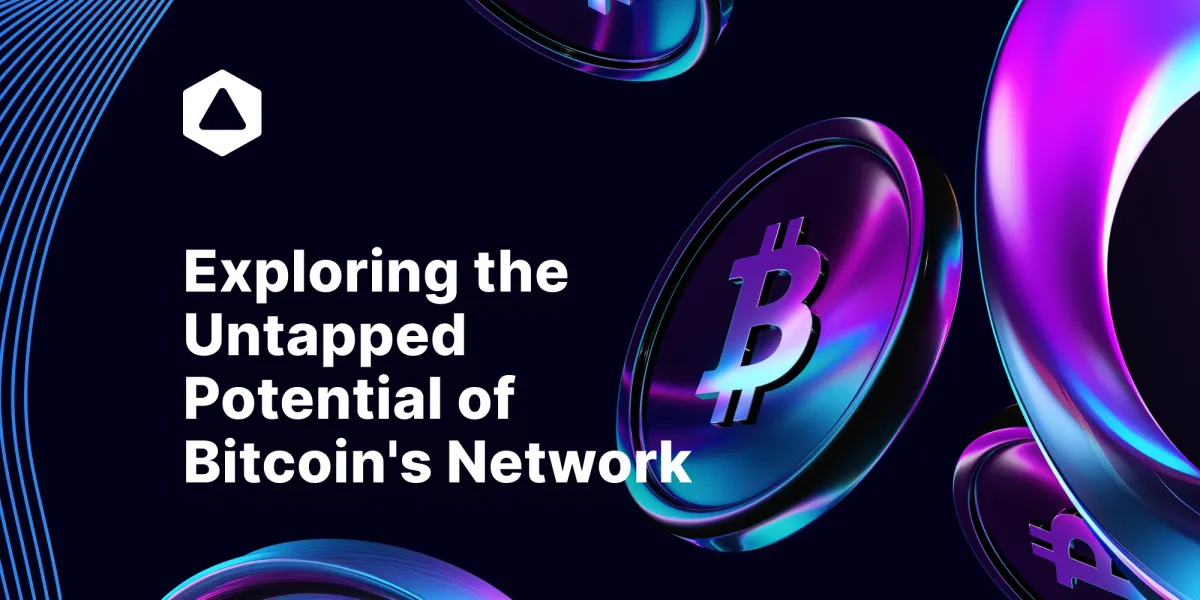
Programmability
With the advanced cryptography provided by the Internet Computer, Bitfinity can potentially leverage its technical know-how to Bitcoin. This means that smart contracts that were only possible on Ethereum can be run on Bitcoin.
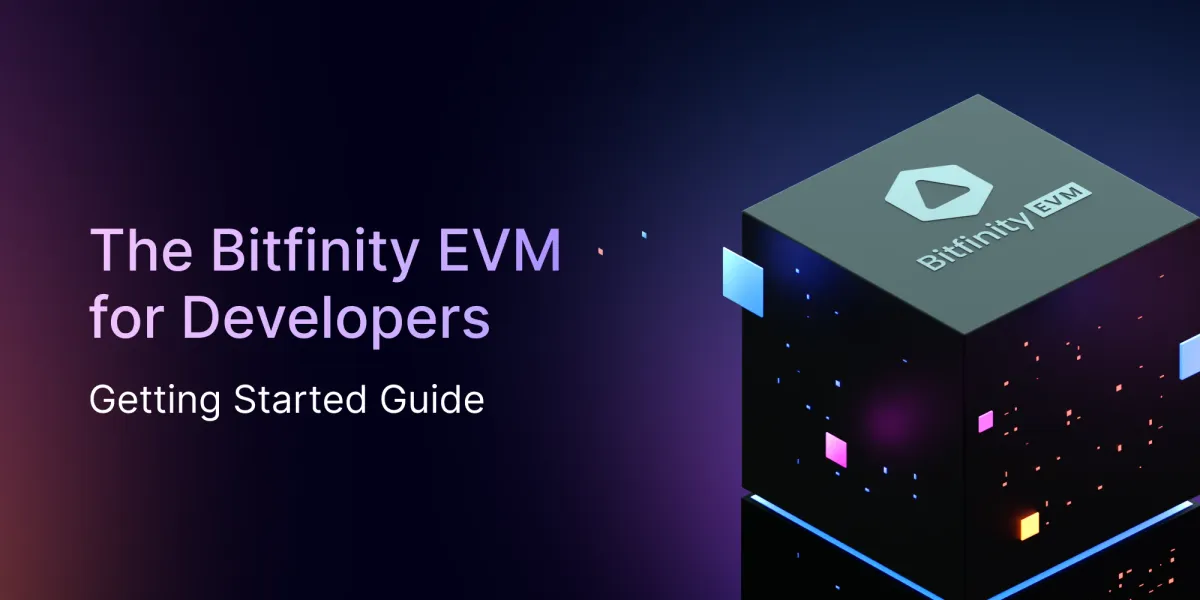
Developers can find their way to Bitcoin and start building, in their known programming language solidity, which will be possible thanks to Bitfinity bridge. Which isn’t a bridge in the common word but a connection where an enormous capital is unlocked and an enormous technical know-how is connected.

Facilitating Utility
But also providing a leap in versatility and utility in the Bitcoin ecosystem is needed for everyone wanting to create a new application layer or take their shot at the new metaverse that is being created on Bitcoin.
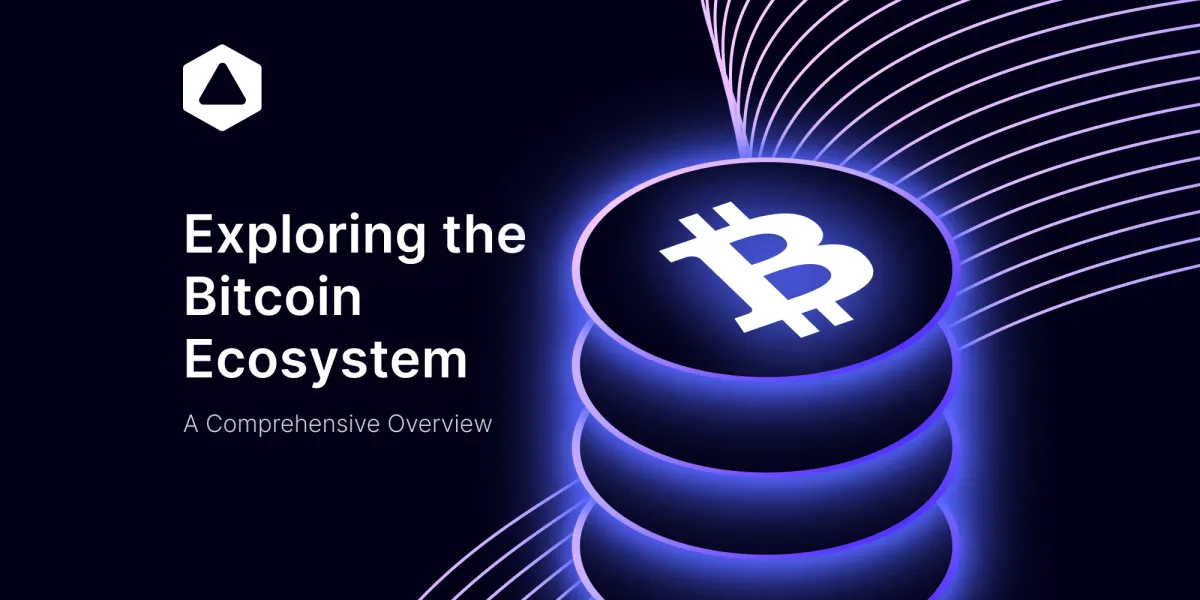
This can all be done seamlessly and without high costs. Even new protocols can and will be able to run on Bitfinity.
What Bridges is Bitfinity Going to Cross in the Future?
Bridge to BTC: 🚧 Bitfinity is building a blockchain bridge to seamlessly connect Bitcoin with thriving DeFi ecosystems. This will merge BTC's stability with decentralized finance dynamism.
Ordinal Bridge: 🛠 The upcoming ordinal bridge will signal a new era with simplified yet enriched cross-chain asset transfers. Additional transaction data may transform digital assets.
BRC20 Bridge: 🔧 Bitfinity's BRC20 bridge is designed to extend token reach and invite diversity into its networks, driving blockchain-changing increases to liquidity and functionality.
Just in Time Bridging: ⚙️ Bitfinity's innovative approach will ensure dynamic resource optimization to user demand. A forward solution for superior interactions with precision and agility.
ETH Bridging: 🧰 Bitfinity aims to forge a symbiotic relationship between influential blockchains like Ethereum and Bitcoin. Empowering users with both strengths could drive new ecosystem innovation and utility.
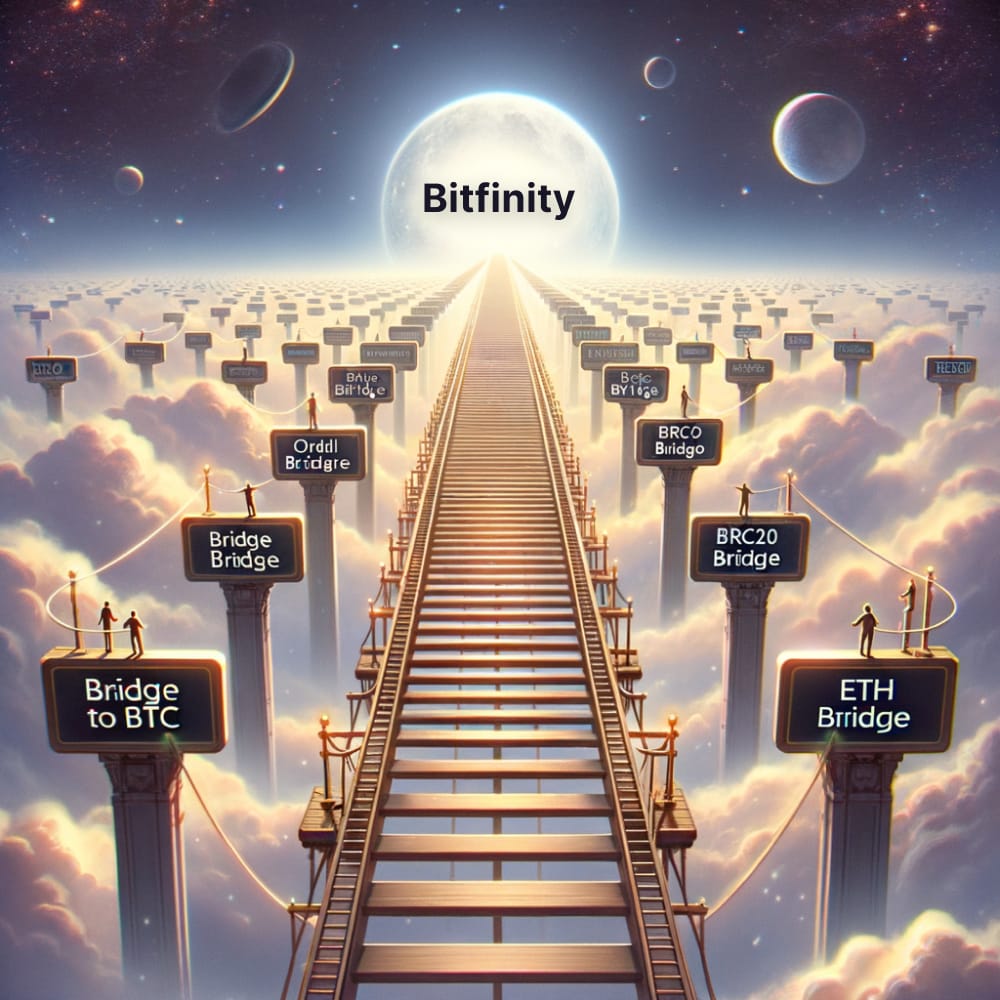
Conclusion
Bridging crypto could relate to sometimes more than just its value and be also its technical know-how, if we are going to create a new decentralized infrastructure of the future we must take into consideration that many bridges that were built have failed.
Therefore we need to try as much effort as possible to combine and make the best interoperability, in this case Bitcoin and Ethereum. In order to do so, we can rely on solutions presented by Bitfinity, where a stepping stone in Bitcoin's own evolution is needed.
If we want unlimited programmability on Bitcoin and its throughput capacity off the charts, it is perhaps necessary to start looking into Bitfinity EVM as it presents viable alternatives with more extensive smart contract capabilities, capable of handling transactions on a greater scale.

Connect with Bitfinity Network
Bitfinity Wallet | Bitfinity Network | Twitter | Telegram | Discord | Github

*Important Disclaimer: While every effort is made on this website to provide accurate information, any opinions expressed or information disseminated do not necessarily reflect the views of Bitfinity itself. The information provided here is for general informational purposes only and should not be considered as financial advice.




Comments ()